How to Trim Your Pet’s Nails Safely
For many pet owners, trimming their pet’s nails is a task filled with anxiety. The fear of hurting your pet, coupled with their squirming or nervousness, can make this routine grooming activity seem daunting. However, maintaining your pet’s nails is essential for their health and comfort. Overgrown nails can lead to pain, mobility issues, and even injury. But don’t worry—with the right approach and tools, trimming your pet’s nails safely can be a stress-free experience for both you and your pet. In this article, we will guide you through the steps of safely trimming your pet’s nails, providing tips to make the process easier and more enjoyable. https://truepetslove.com/product/onesaill-dog-shaver/
Why Nail Care for Pets is Important
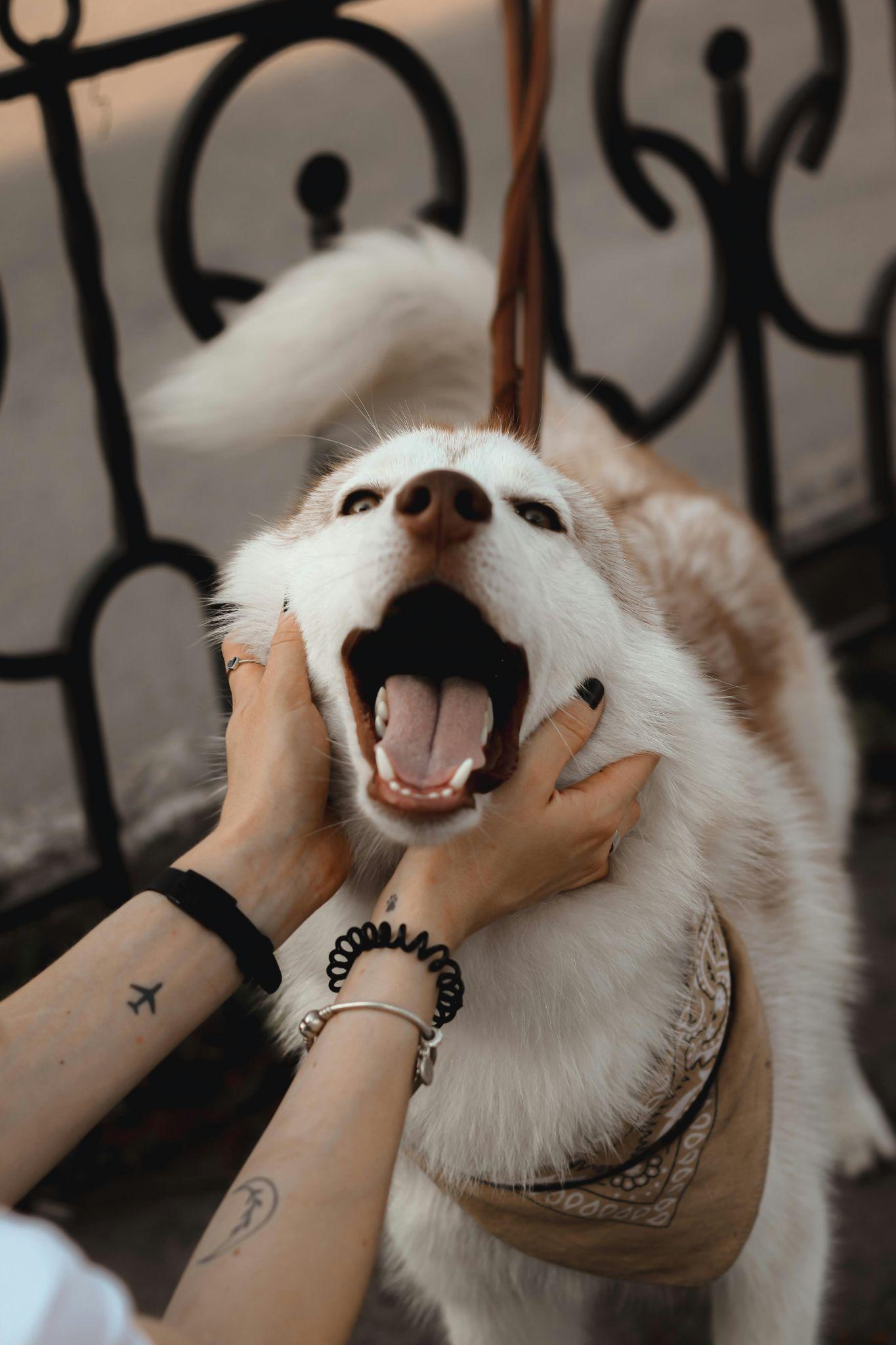
Regular nail care for pets is often overlooked, but it plays a crucial role in maintaining their overall health. Here’s why keeping their nails short and well-groomed is vital:
- Prevention of Pain and Injury: Long nails can curl and grow into your pet’s paw pads, leading to painful infections or injuries. Overgrown nails are also prone to breaking or splitting, which can be extremely painful.
- Improved Mobility: Pets with long nails often adjust the way they walk to avoid discomfort. This can put unnecessary stress on their joints and lead to long-term mobility issues.
- Better Hygiene: Overgrown nails can trap dirt and bacteria, leading to infections or other health complications.
Caring for your pet’s nails not only enhances their quality of life but also helps prevent serious health problems down the road.
Preparing for a Safe Nail Trimming Session
Creating a Calm Environment
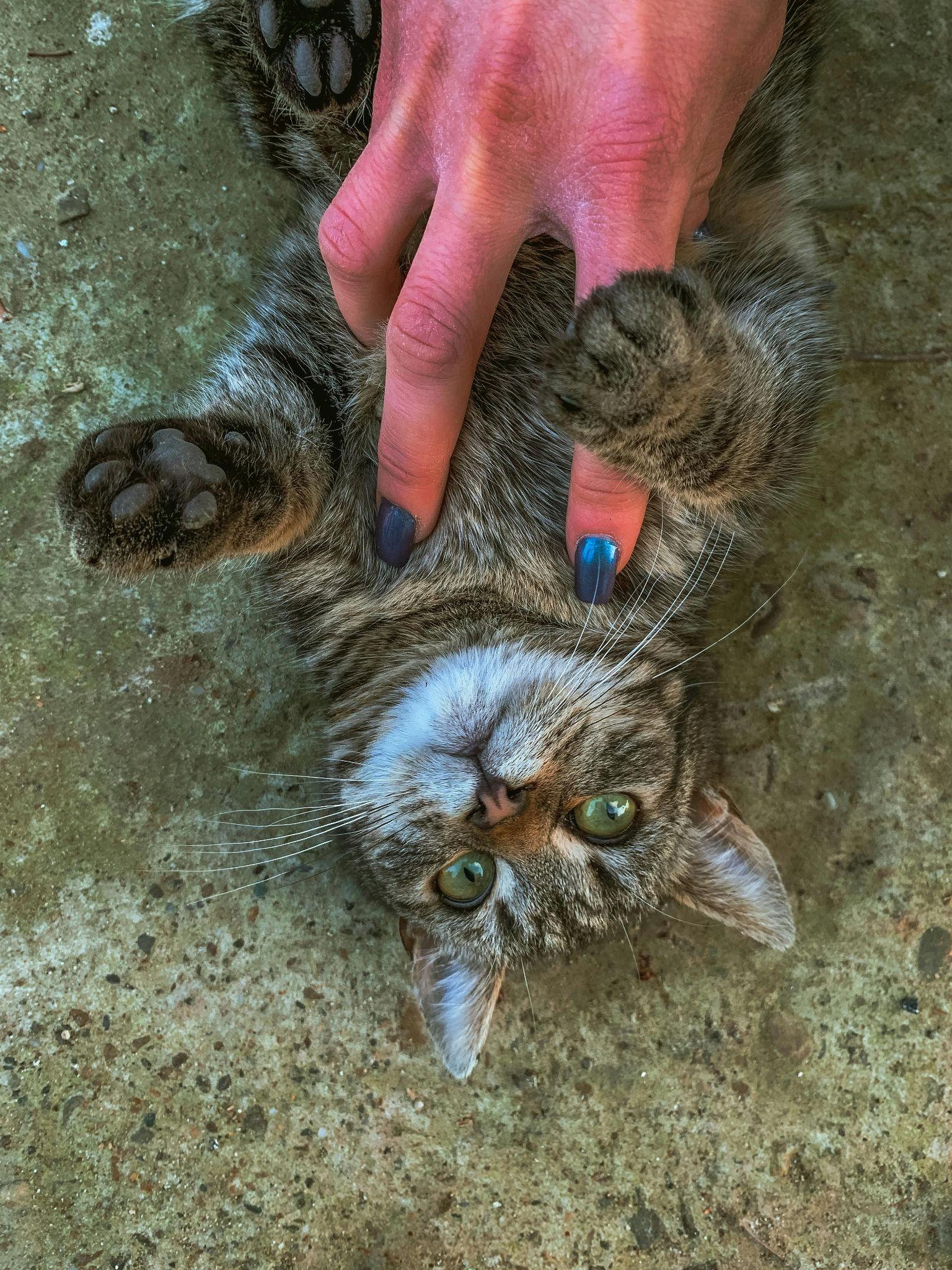
Trimming your pet’s nails safely starts with creating a calm, comfortable environment. If your pet is anxious or stressed, the task will be much harder. How can you make them feel at ease?
- Choose a Quiet Space: Pick a location where your pet feels safe and there are no distractions.
- Take it Slow: Don’t rush. Allow your pet to get comfortable before you begin.
- Offer Rewards: Have treats ready to reward good behavior. Positive reinforcement will make your pet more cooperative during future nail-trimming sessions.
Gathering the Right Tools
Using the right tools is essential for safely trimming pet nails. Here’s what you need:
- Pet Nail Clippers or Grinders: Always use clippers designed for pets. There are different types, such as scissor-style clippers and guillotine-style clippers. Nail grinders are also a great option, especially for nervous pets or owners unsure about using clippers.
- Styptic Powder: This is a must-have in case you accidentally trim too close to the quick (the sensitive part of the nail that contains blood vessels). Styptic powder helps stop the bleeding quickly.
- A Towel or Blanket: If your pet tends to be squirmy, you may want to gently wrap them in a towel to keep them still and calm.
Having everything you need within reach ensures the trimming process is smooth and stress-free.
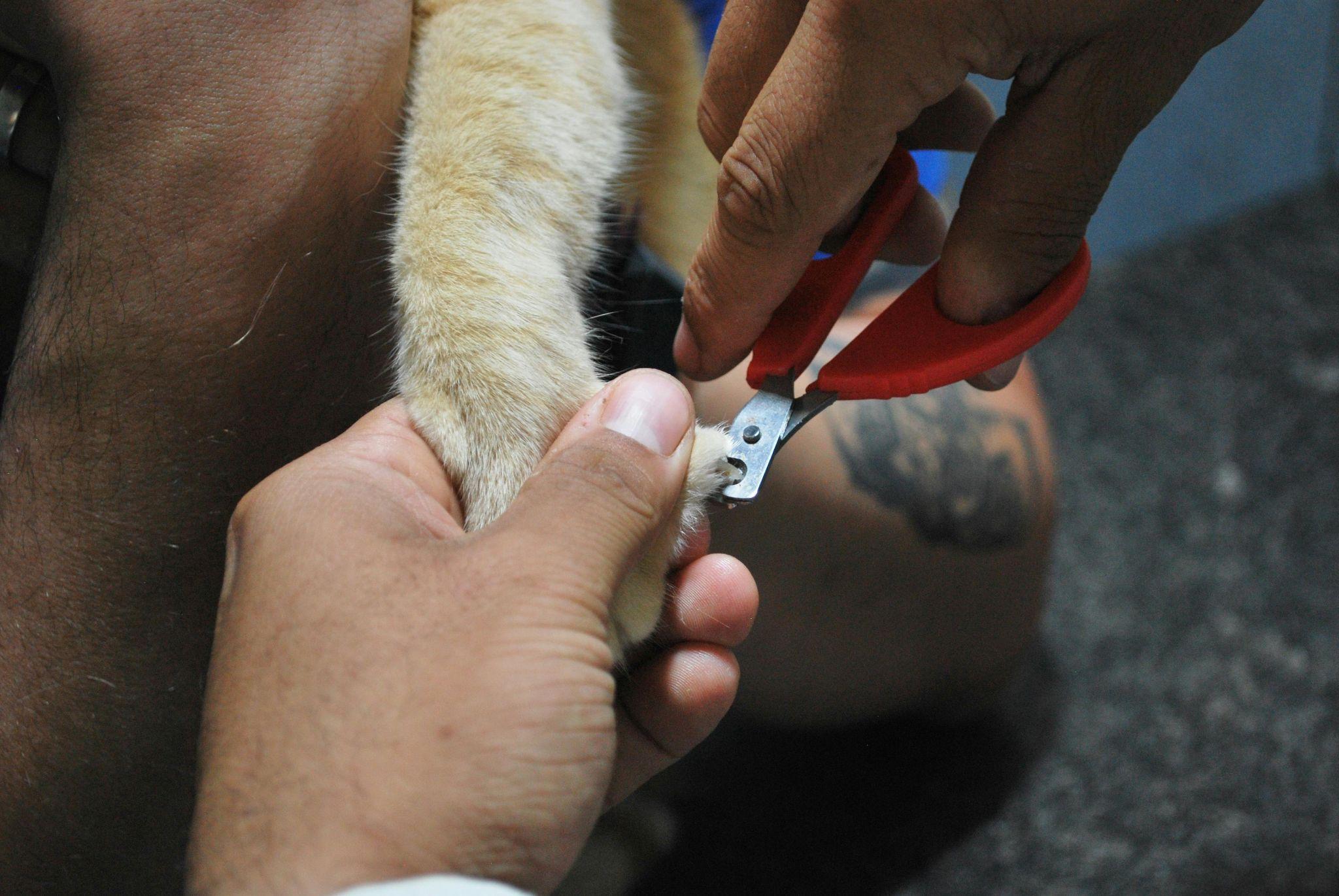
How to Trim Your Pet’s Nails Safely
Now that you’ve created a calm environment and have the right tools, it’s time to trim your pet’s nails safely. Here’s a step-by-step guide to make the process as easy as possible:
1. Familiarize Yourself with the Nails
Take a good look at your pet’s nails. You need to avoid cutting the quick, which can cause bleeding and pain. In light-colored nails, the quick appears as a pinkish area inside the nail. In darker nails, it’s harder to see, so trim little by little to avoid hitting the quick.
2. Position Your Pet
Gently position your pet in a comfortable and secure way. Depending on your pet’s size and temperament, they may prefer lying down or sitting. If necessary, ask someone to help hold your pet steady.
3. Trim Small Sections at a Time
Hold the clippers at a 45-degree angle and trim a small section of the nail tip. Avoid trimming too much at once, especially if you can’t see the quick. Trim a little, check, and then proceed.
If you’re using a grinder, hold it gently against the nail and grind down small sections at a time. The sound and vibration can be alarming to some pets, so introduce the grinder gradually and offer praise and treats. https://truepetslove.com/product/andis-excel-pro-animal/
4. Stop if You Hit the Quick
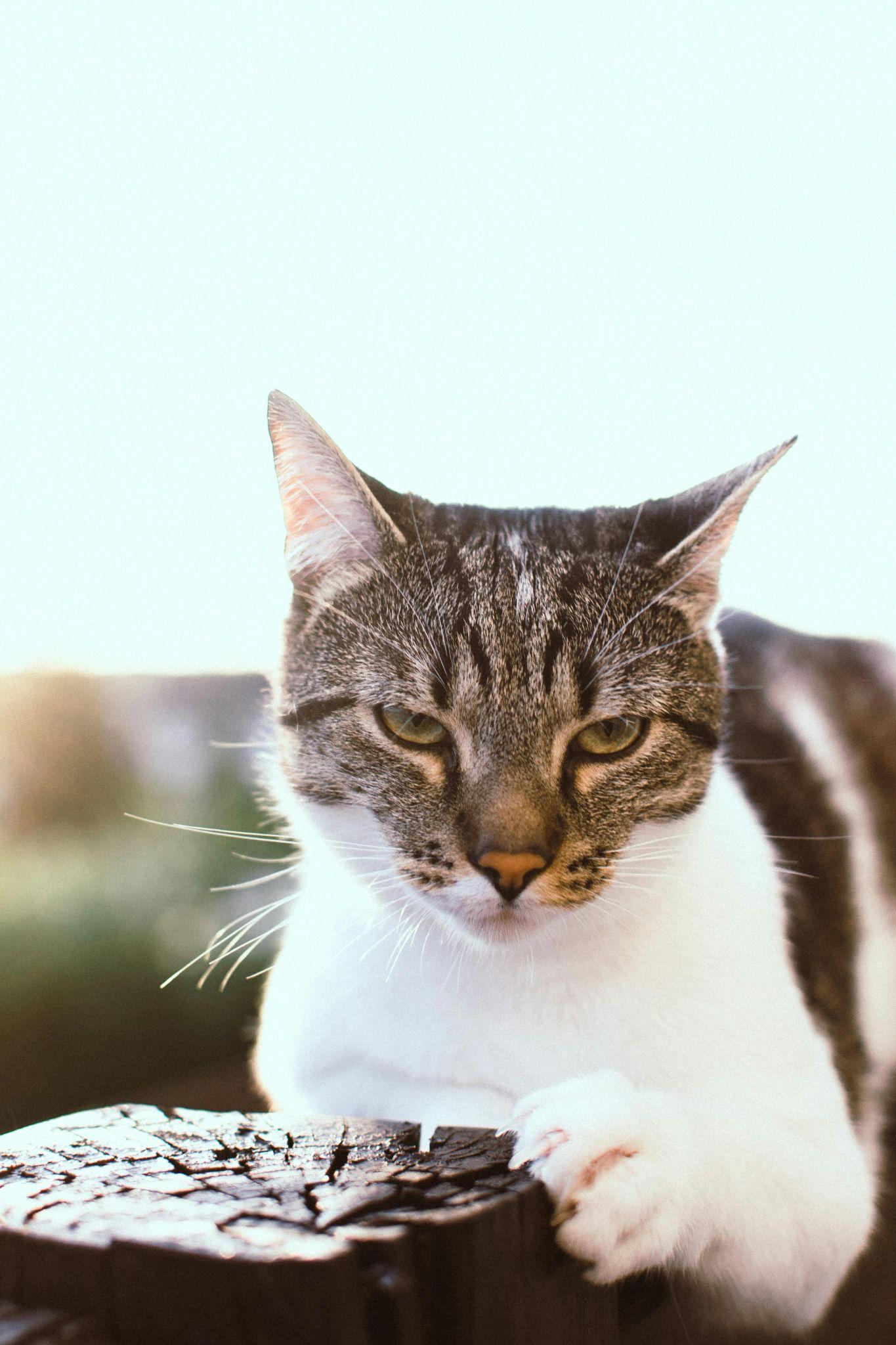
If you accidentally trim too close and hit the quick, don’t panic. Apply styptic powder to stop the bleeding. Make sure to soothe your pet and give them a break before continuing.
How to Handle Difficult Nail Trimming Sessions
Even with preparation, some pets may still be nervous or resist having their nails trimmed. If that’s the case, try these tips:
Stay Calm and Patient
Your pet can sense your anxiety, so it’s important to remain calm. Speak to them softly, take your time, and be patient. If your pet is too stressed, consider trimming just one or two nails at a time and finishing the job later.
Use Distractions
Sometimes a tasty treat or their favorite toy can provide enough distraction to make the process easier. If your pet is focused on something they love, they may not even notice you trimming their nails.
Seek Professional Help
If the task becomes too overwhelming, don’t hesitate to seek help from a veterinarian or a professional groomer. They have the experience and expertise to safely trim your pet’s nails without causing distress.
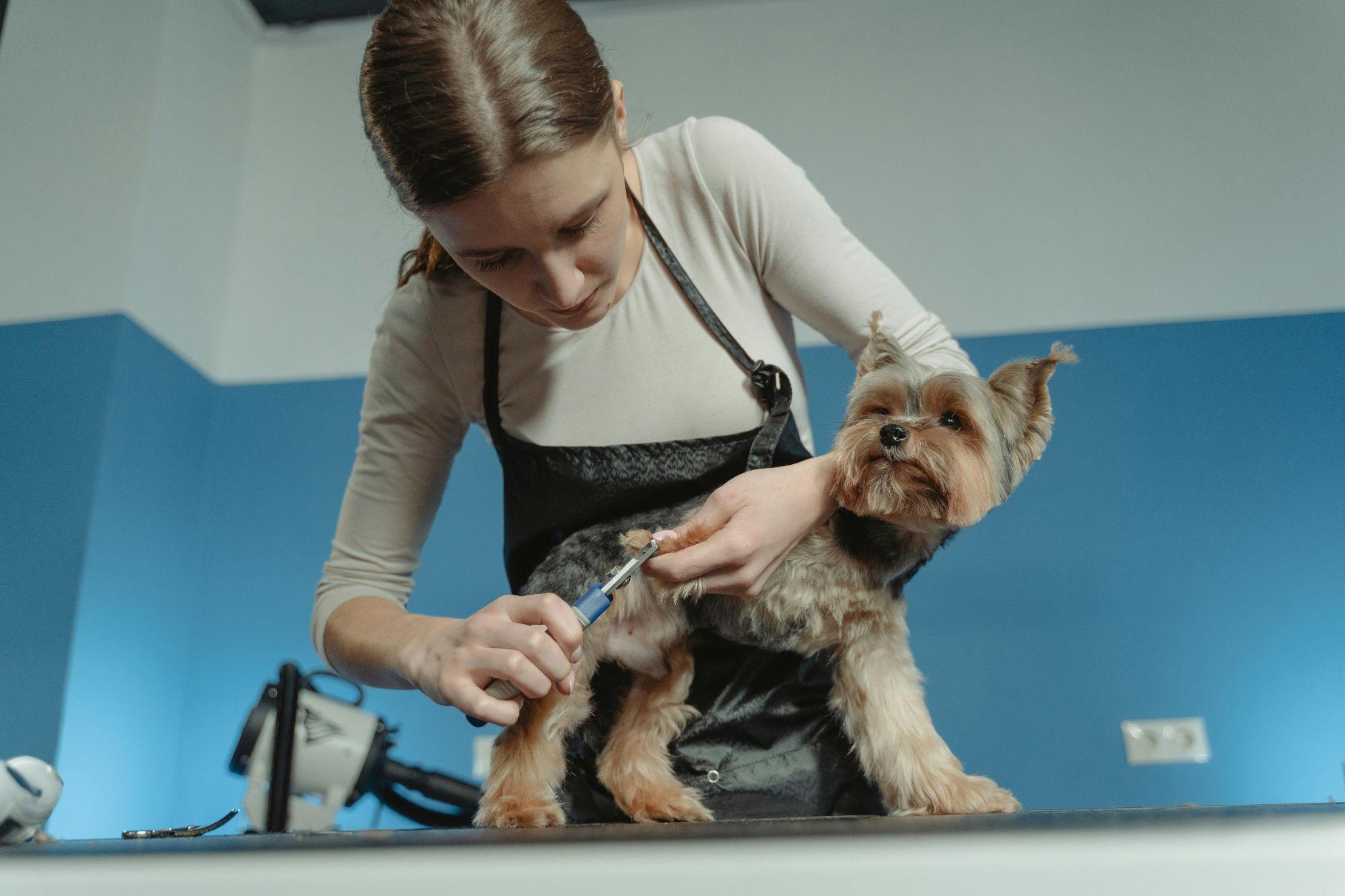
How Often Should You Trim Your Pet’s Nails?
One common question pet owners have is: how often should you trim your pet’s nails? It depends on various factors like your pet’s activity level and how fast their nails grow.
- Active Pets: Pets that spend a lot of time running on hard surfaces naturally wear down their nails, so they may need less frequent trims.
- Less Active Pets: Indoor pets or those who don’t walk on hard surfaces may need nail trims every 3-4 weeks.
A good rule of thumb is to check your pet’s nails every few weeks. If you hear clicking sounds when they walk on hard floors, it’s likely time for a trim.
Nail Care for Pets: The Long-Term Benefits
Regular nail trimming provides several long-term benefits for your pet:
- Comfort and Well-being: Short nails prevent pain and improve your pet’s ability to walk and run comfortably.
- Reduced Risk of Injury: Keeping nails trimmed reduces the risk of broken or split nails, which can lead to infections.
- Stronger Bond with Your Pet: The more relaxed your pet is during grooming, the more they’ll trust you. Regular trimming can become a bonding experience over time. https://truepetslove.com/
Making Nail Trimming a Routine Part of Your Pet’s Care
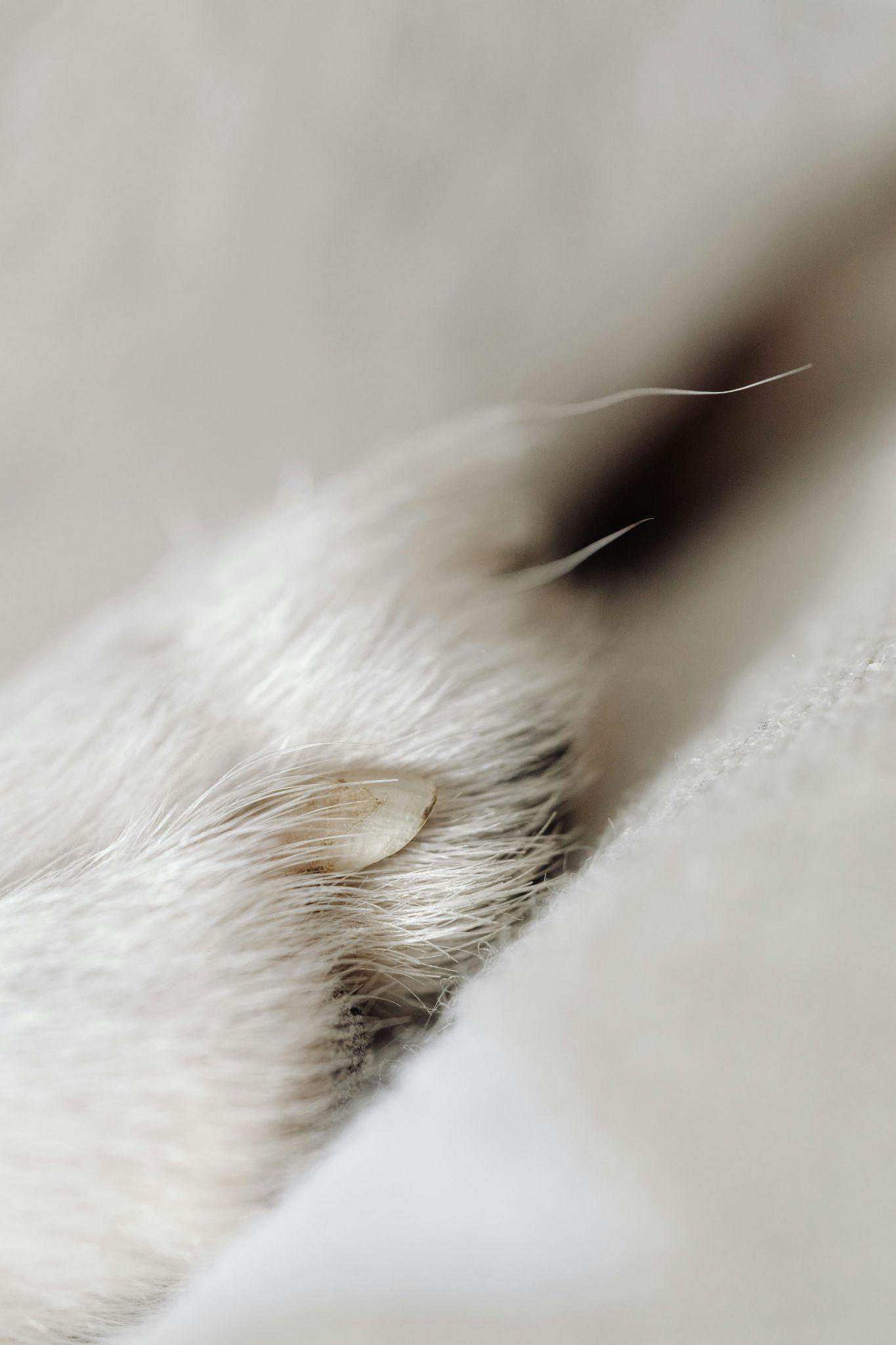
Trimming your pet’s nails safely doesn’t have to be a stressful task. With the right tools, patience, and a calm environment, it can become a routine part of your pet’s care that enhances their well-being. Remember to take your time, trim a little at a time, and always prioritize your pet’s comfort. If you’re ever unsure, don’t hesitate to seek professional assistance. Nail care for pets is a simple way to keep your furry friend healthy, happy, and safe.
